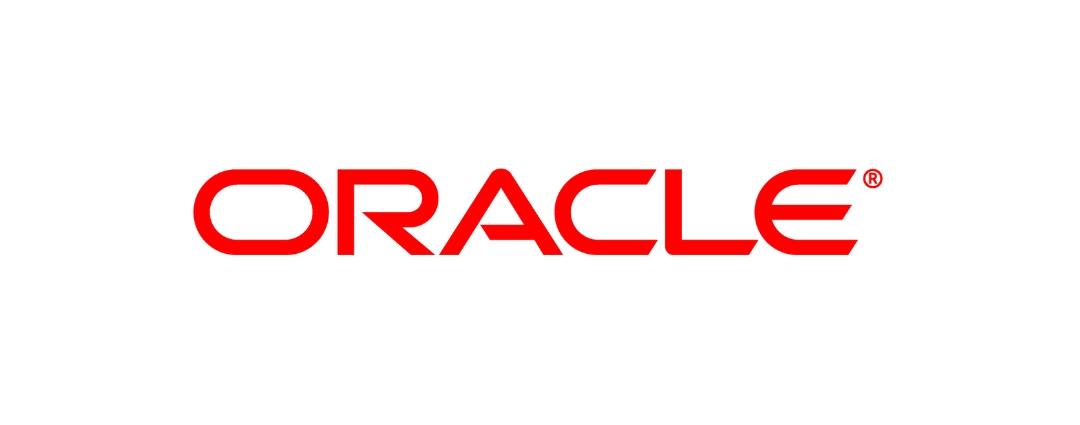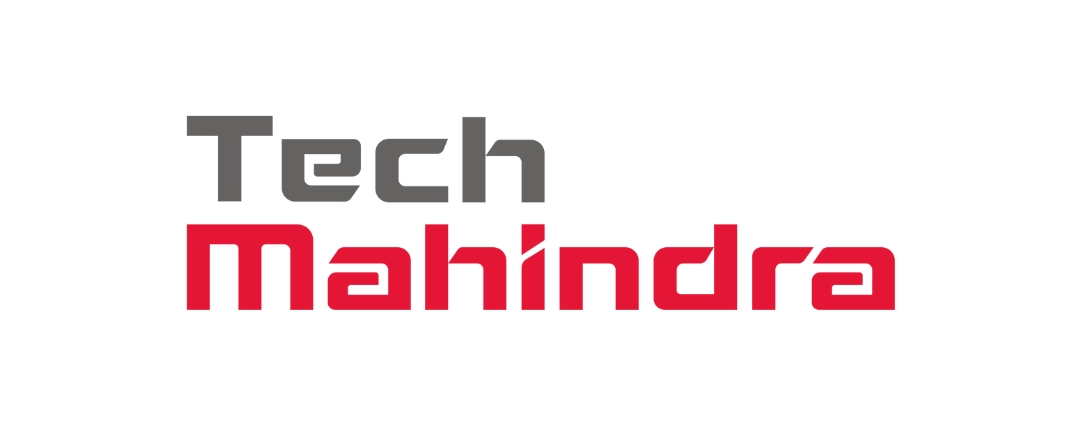A successful Reflex WMS implementation leads to several positive outcomes for a business – operational goals are achieved, processes are simplified, operators can perform their functions well, and so on. As with any major project, analysis and design play a vital role in ensuring that these outcomes are met. The remainder of the project execution consists of configuration, testing, go-live, and initial support. During this execution, a number of steps can be taken to ensure that the implementation goes live smoothly. Here are 10 tips for a successful Reflex WMS implementation:
1. Put together a solid project team
The project team may include members both internal and external to the organization, including project managers, key business decision makers, technical experts, functional managers, key operations personnel, and contractors. Make sure to involve at least a few people that will be using Reflex WMS within the warehouse after the implementation so that they can get extensive training throughout the implementation and be able to support others in the future. Bringing in consultants to guide the team through the complexities of the implementation may be a worthwhile investment, saving money, time, and frustration.
2. Use the right tools
Many tools are available to make the Reflex WMS implementation go more smoothly when it comes to communication and project management. If team members are already comfortable using certain software, stick to that. If not, consider what software might be a best fit. Key features include the ability to securely share documents and both synchronously and asynchronously communicate from both computer and mobile.
3. Complete thorough testing
Testing is a key component of any systems implementation. Make sure to thoroughly test all of the configurations within Reflex WMS to ensure that the system itself is working as intended. Test any customizations that are implemented as they are installed. Test the connections, messages, and interfaces flowing between Reflex WMS and other systems, such as the ERP and MHE. It is exponentially better to catch issues before an implementation goes live as opposed to after it is operational.
4. Check Wi-Fi connectivity throughout the warehouse
Since Reflex WMS is a web-based system, Wi-Fi connectivity throughout the warehouse is vital for it to function properly. Ensure that the Wi-Fi signal is strong enough across the whole site.
5. Ensure printers are properly setup
Although it can seem like a small detail, take the time to make sure that printers are configured properly both in Reflex WMS and on the server and that the printers themselves work without issue. Even if everything else is working properly, printer issues could bring operations to a halt if labels cannot be printed to put on pallets.
6. Set the right roles and permissions
Roles and permissions are fully customizable within Reflex WMS, and the needs of each organization vary. Use good judgement in giving each employee the permissions they will need while not allowing them access to features they should not be using.
7. Take the time to train employees thoroughly
Learning to use new software takes time, and what is simple for some people is complex for others. Take the time to train everyone who will use the software on how to do their part. Make sure that key users understand the basics of troubleshooting and know who to reach out to if they get stuck.
8. Have everyone login before go-live
Unfortunately, many employees will never take the time to check their credentials and log into the system until it is absolutely necessary, even if an email is sent out to do so. During training, make sure everyone can log into Reflex WMS without issue.
9. Stay calm and be prepared for issues
Implementing a new WMS is a complex process. When properly planned and executed, there should be a minimal number of issues, but always be prepared for some. On the day the system goes live, be prepared for something to go wrong, but don’t panic. Your team will be able to handle issues as they come.
10. Provide 24-hour support with clear escalation path
Finally, ensure that your team is available to provide around-the-clock support for the warehouse immediately after the implementation goes live and that there is a clearly defined escalation path for potential issues before they happen. If issues do come up, they can then be resolved quickly and without negatively impacting operations.
Related Success Story: Implementation of Reflex WMS with World’s leading manufacturer and marketer of batteries
Transform Your Supply Chain with ITOrizon's Leading-Edge Solutions
We are here to address your inquiries and guide you in selecting the services that best align with your needs.
Your benefits:
- Global Reach
- Expertise
- Customization
- Innovation
- Recognition
- Efficiency
What happens next?
We Schedule a call at your convenience
We do a discovery and consulting meting
We prepare a proposal














